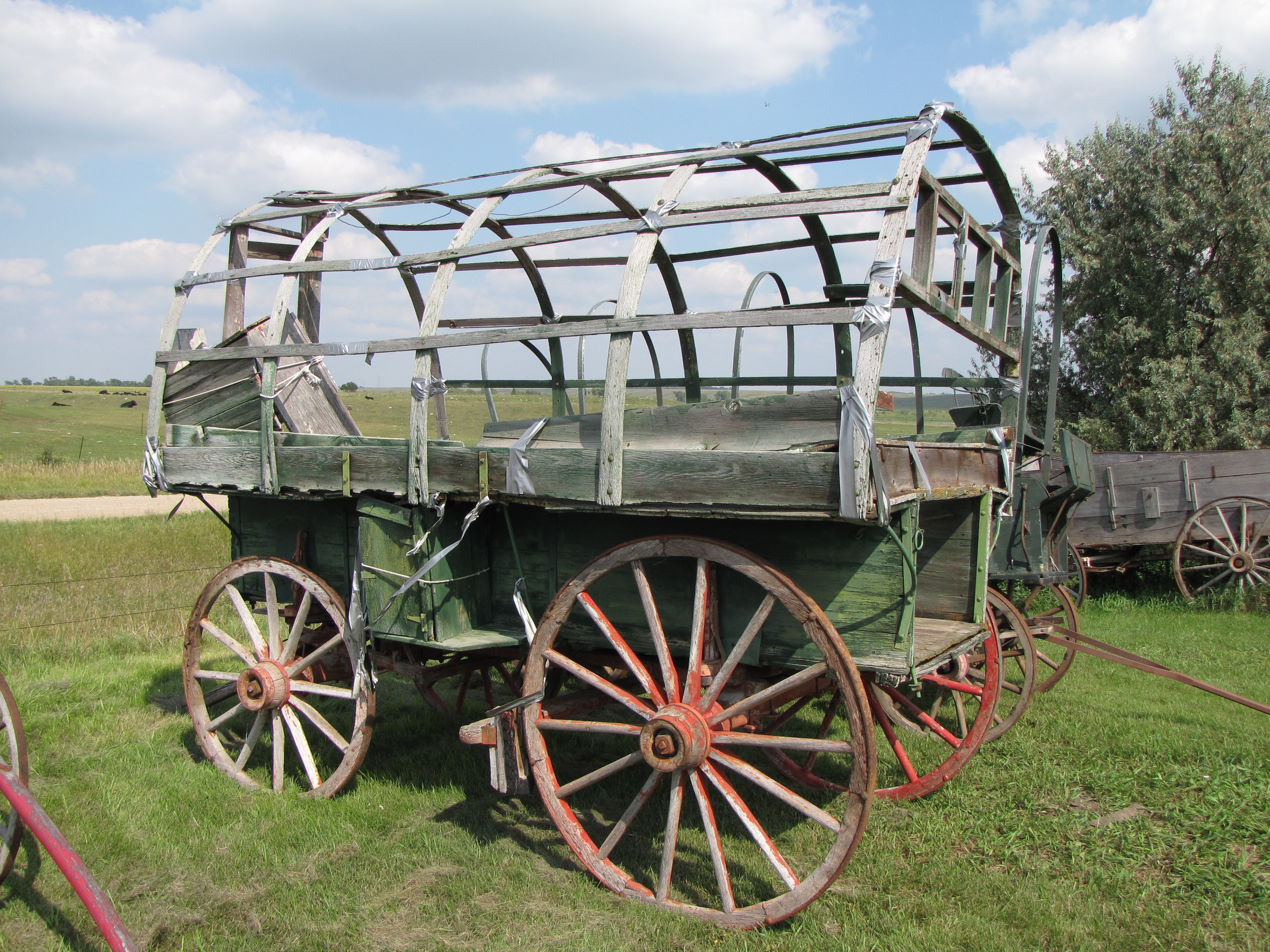"If you're not moving forward, you're moving backward." We've likely all heard a variation of that quote from time to time. Truth is, when it comes to collecting vintage vehicles, the statement is good food for thought. Not long ago, I interviewed a man who had been collecting early wagons and farm antiques for a half century. No matter how you slice it, that's a long time. He had seen a lot in those decades but freely admitted he was still learning and growing. That kind of no-nonsense attitude and straight-forward commitment can help anyone to be a better collector. Ultimately, by always striving to grow - no matter how much experience and knowledge we possess - the results can put us in perfect position to find things others unknowingly pass over.
With those thoughts as a backdrop, I thought I'd pass along seven areas that can help us be more effective in collecting early vehicles.
1) Organizations
Joining like-minded organizations such as the American Chuck Wagon Association, Carriage Association of America, National Stagecoach & Freight Wagon Association, Santa Fe Trail Association, and Oregon-California Trails Association, can provide us with more than just interesting events. Networking with people in organizations with complementary interests has a way of opening doors and growing our knowledge base in ways that 'going it alone' could never do. If you're not a member of one of these or a similar group, I'd encourage you to take a closer look at what you're missing.
2) Travel
I'm often asked, "Where do you find the better pieces?" The answer is simple. You have to always be looking. Rarely do the special vehicles we're interested in just happen to show up on our doorstep. That, coupled with the fact that many vehicle styles are more prevalent in certain areas, means we usually have to actively search, and search, and search, and search before something comes up that will truly turn heads. So, hit the road and keep your eyes open. You never know what you may run across during an otherwise random road trip.
3) Visit Museums/Collections
Some of the best places to see a good cross section of early vehicles are in museums and private collections. Unrestored examples of period pieces can be especially valuable learning resources. Spend a little time researching where collections are located and make it a point to visit as many as you can over time. The efforts can be extremely rewarding as many of the collections can hold vehicles you may not be aware of (and may not be on a website). To that point, I've been collecting and researching for over two decades and continually run across extremely rare pieces in some of America's most obscure public collections.
4) Attend Events
Whether it's a symposium of speakers, an auction with period vehicles for sale, chuck wagon competition, or a gathering of vehicle enthusiasts, there are a variety of occasions that offer first-hand looks at rare vehicles. Oftentimes, even small nuggets of information gathered in these venues can pay off when you're considering the collectability of an early set of wheels.
5) Read
While the subject is too large to be contained in any one compilation, there are a number of books with valuable details on horse drawn wagons. I've outlined a number of them from time to time and even shared some in my February 26, 2014 blog.
6) Pay Attention
One of the best pieces of advice I could give anyone interested in period wagons and western vehicles is to pay close attention to every element in the vehicle. Truly original pieces do still exist and offer a great education for anyone willing to learn. That said, there are an even greater number of vehicles that have suffered at the hands of even the best-intentioned. Time and attention to detail have a way of making it easy to spot the best pieces.
7) Don't be afraid to ask questions
There really is no such thing as a 'dumb question.' No matter the subject, we all start out knowing nothing. Reliable research, experience, and careful cataloging of the results has a way of slowly building a knowledge base that can enhance any collection. After all, to be an effective collector of vehicles, it's imperative to know what you're looking at. Invariably, that kind of background has a way of producing solid results.
By their very nature, early vehicle enthusiasts are always looking for elements to set their collection apart. Consistent focus on the points above can have a positive impact on virtually any search for specific pieces. Remember... Don't be afraid to ask questions and work to understand the technologies involved in a set of wheels. Lastly, I'll leave you with five words that can help each of us better understand America's rarest wooden wheels. Those words are - "I've never seen that before." What I mean is that only by recognizing elements we're unfamiliar with can we continually grow our understanding and appreciation of these vehicles.
All the best,
David
Please Note: As with each of our blog writings, all imagery and text is copyrighted with All Rights Reserved. The material may not be broadcast, published, rewritten, or redistributed without prior written permission from David E. Sneed, Wheels That Won The West® Archives.
